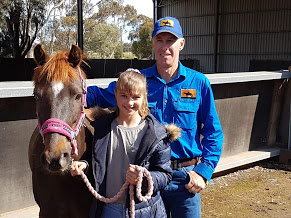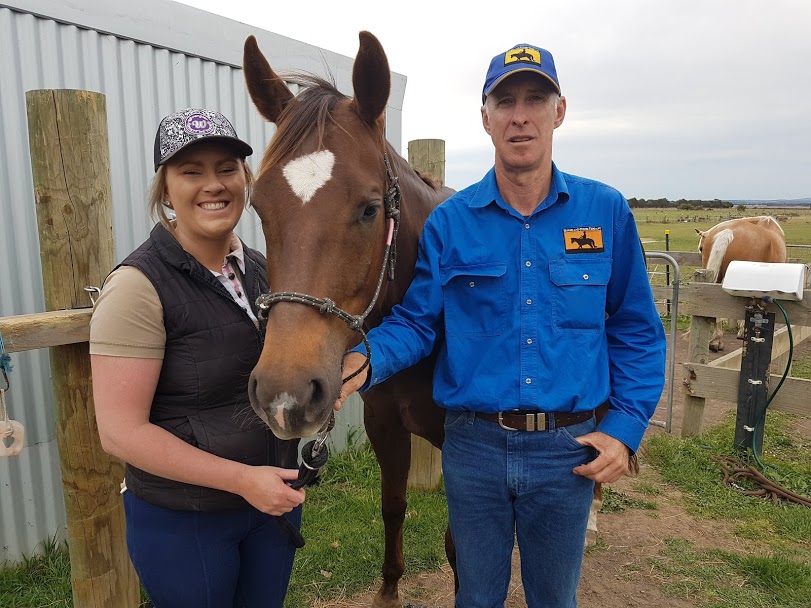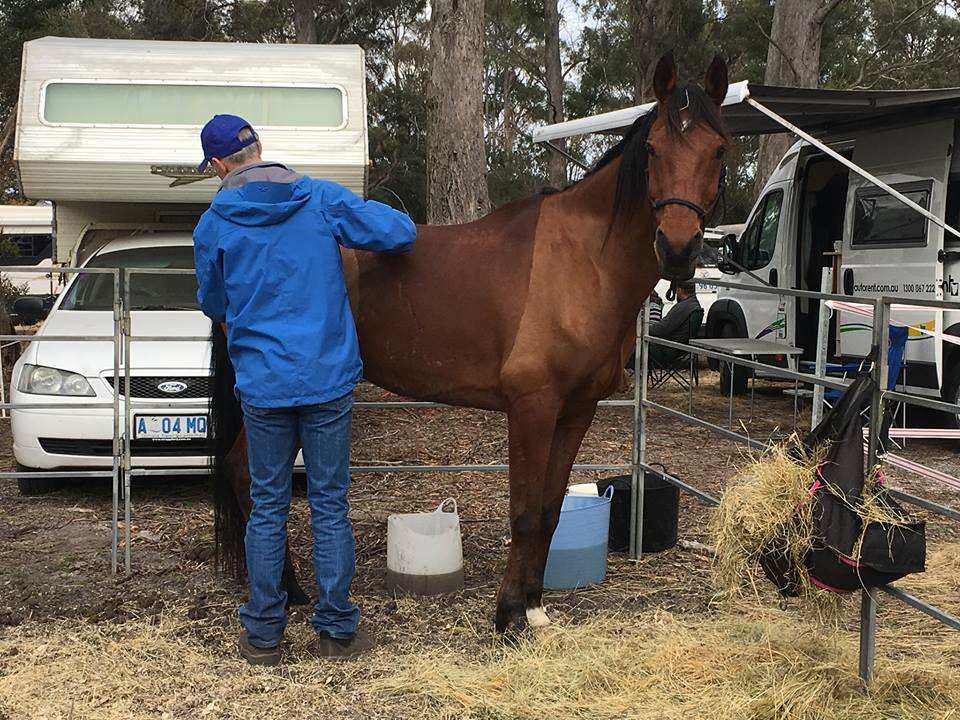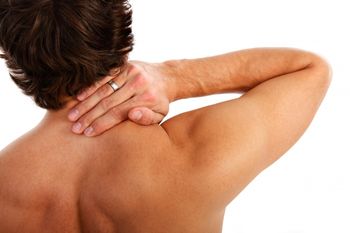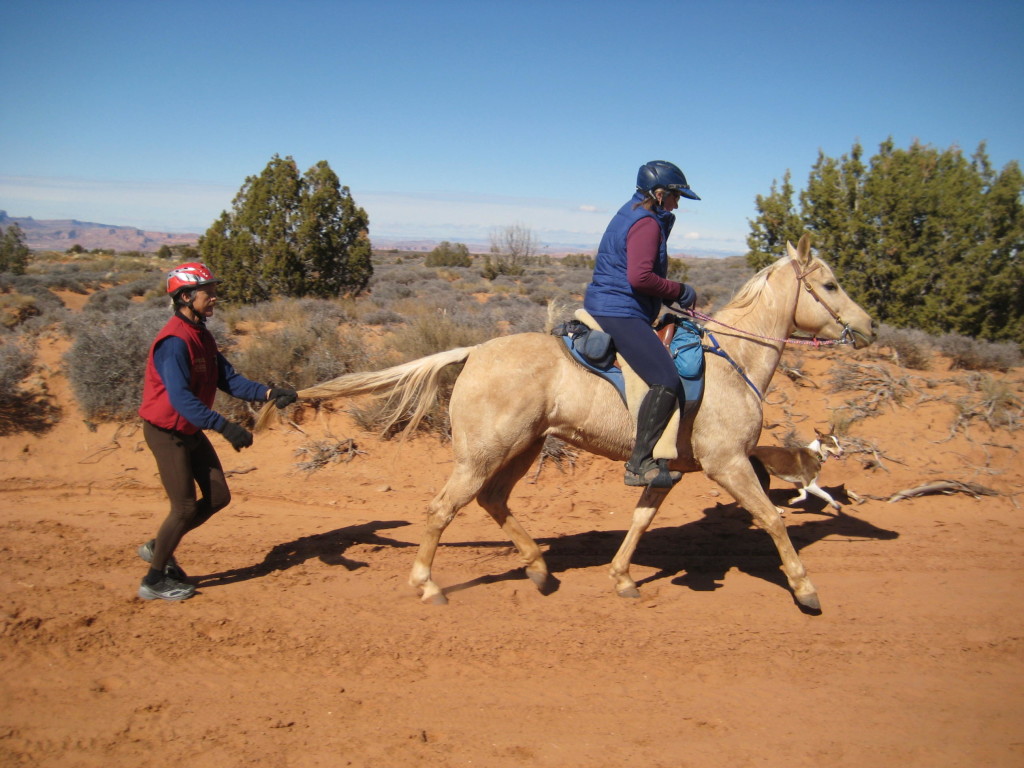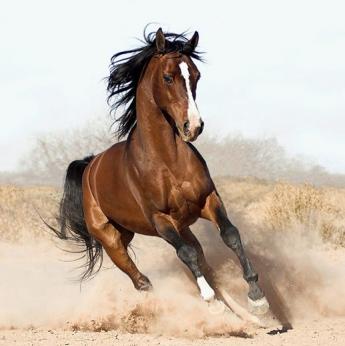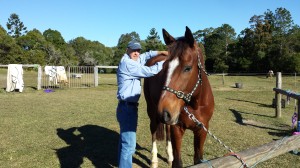Adventures in Tasmania at the Quilty 2018
One of the things I really love about my job is getting the opportunity to travel to equestrian events to provide treatments to horses and humans. My latest trip was to Scottsdale Tasmania for the iconic Tom Quilty Gold Cup – an endurance event where 160km is travelled in a maximum of 24 hours (one day).
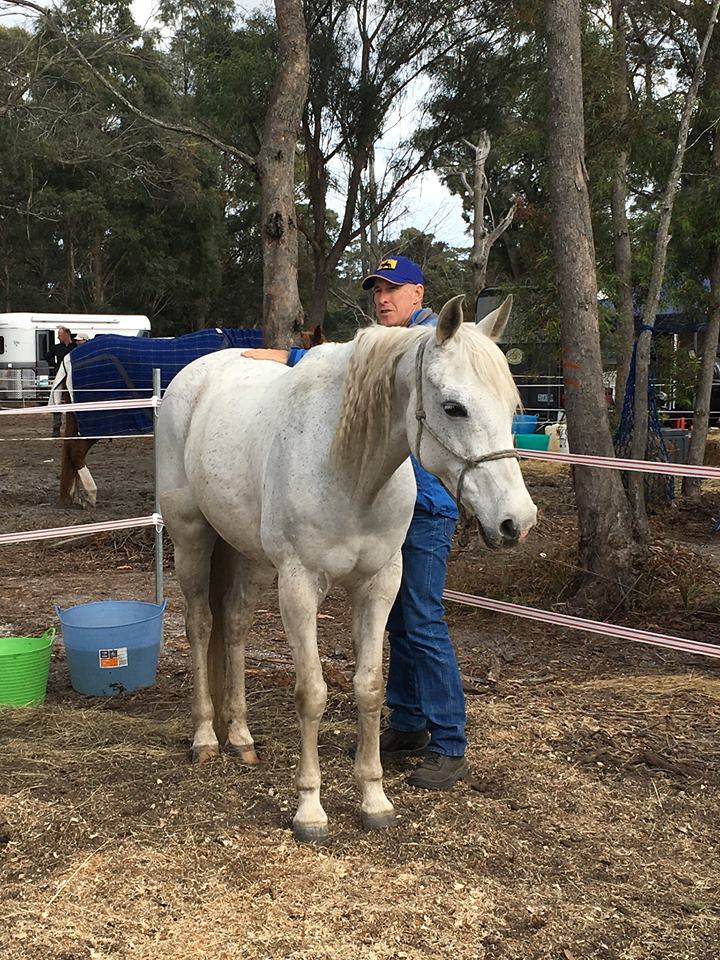 A number of Queenslanders made the long trip down south to compete. With the extensive road travel and a ferry ride on top, getting to the start line with a sound horse was a win in itself. I always feel grateful and honoured to be given the opportunity to work with horses and riders at these events. It can be a tough 24 hours being part of the highs and lows during the event. With the average completion rate for the ride at 57.45% there is always going to be some disappointments. I was lucky to be associated with competitors who came out on both sides.
A number of Queenslanders made the long trip down south to compete. With the extensive road travel and a ferry ride on top, getting to the start line with a sound horse was a win in itself. I always feel grateful and honoured to be given the opportunity to work with horses and riders at these events. It can be a tough 24 hours being part of the highs and lows during the event. With the average completion rate for the ride at 57.45% there is always going to be some disappointments. I was lucky to be associated with competitors who came out on both sides.
It is always satisfying to see my efforts acknowledged on social media or through short stories and testimonials from clients. Thank you to Nicky, a rider I first met at the 2017 Quilty in South Australia, for her story on this year’s completion.
Following the Quilty my wife and I travelled around and thoroughly enjoyed the sights of Tasmania for a week before heading to Melbourne and Barwon Heads to complete some additional treatments in Victoria…
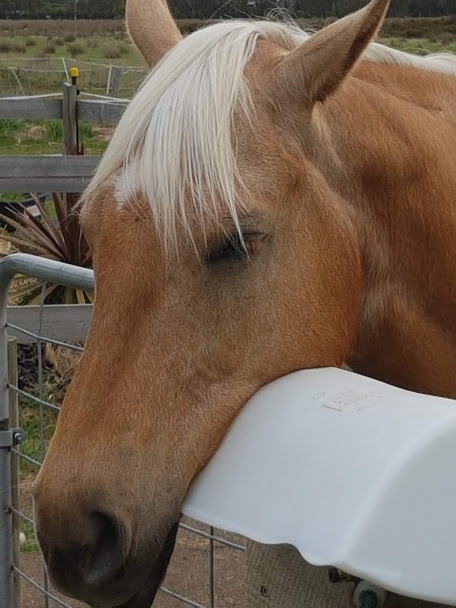
Once again, with relatively good weather travelling around the bay with some work in between was very enjoyable. With the luxury of an assistant I was able to get some photos of happy horses. Thank you to all the owners for sharing. I look forward to more adventures at events near and far in the future!
